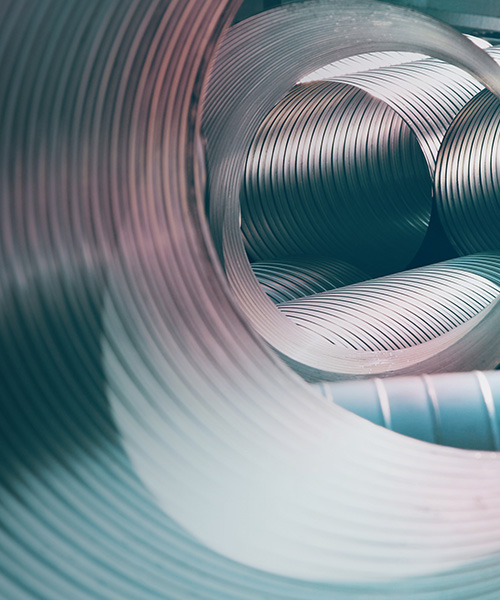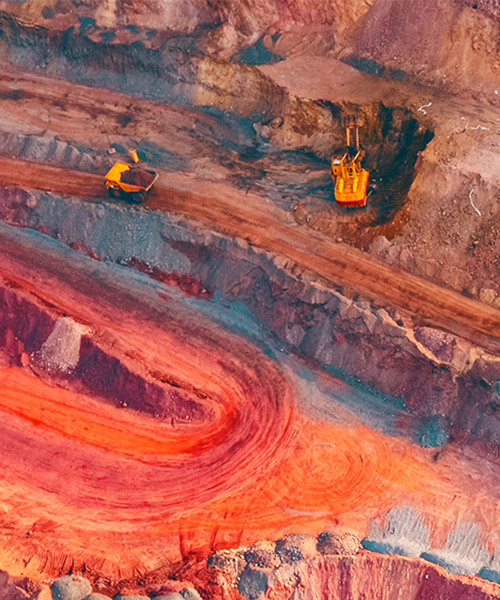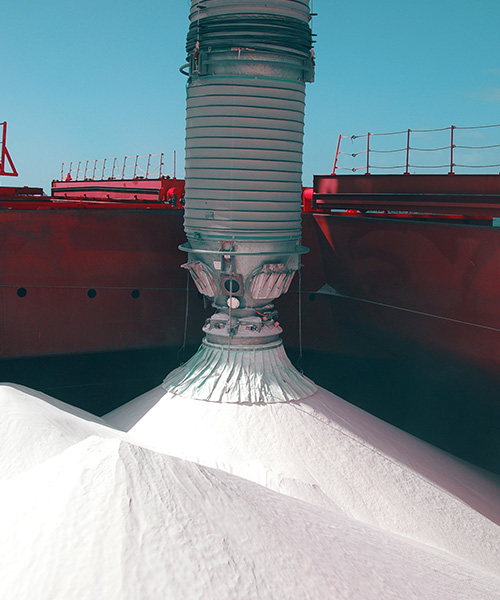June 18, 2020 • 4 min read
The alumina market had been doing it tough. Then came COVID-19.
Every jump in our evolution has been underpinned by metals
The Copper, Bronze and Iron Ages have each allowed humanity to develop and achieve new technological advancements and innovations like never before.
We’re intrinsically linked to the earth’s materials, and it’s naïve to think that metals won’t support our next evolutionary jump.
The Iron Age developed into the Steel Age that continues today. But with the growth in renewables demanding a lighter construction with recycling credentials, are we creeping towards to the Age of Aluminium?
There are a few challenges to work through first
Alumina’s four percent year-on-year growth figures are reassuring as a standalone number. However, the last 12 years have been testing, with the industry in oversupply post-global financial crisis. There is also additional demand on capital costs as operators seek to reduce their carbon footprint. Then COVID-19 threw us another curveball.
Whether you’re locked down or on site, the pandemic has shocked the industry. And there isn’t a quick fix. With commodity prices dropping, the fate may already be sealed for some high-cost producers.
It’ll be a recovery, not a bounce back
Consumption is down, and it will stay there until the world returns to work. The reality is that markets could take more than a year to recover and alumina manufacturers will need to prepare for this now. It’s how you respond that matters most.
The temptation is to start an urgent cost reduction program at the bottom of the cycle. These savings look good on paper. However, they are generally reactive and ultimately unsustainable, costing your business in the long-term. They typically include the most rapidly achieved reductions: personnel, maintenance and capital deferrals.
Despite the immediate gain, reactive cost-cutting leaves a negative legacy. The loss of experience and deferral of maintenance can be at the expense of an asset’s performance in the long run. The best strategy is a proactive focus on sustainable cost reduction, irrespective of where you are in the market cycle.
A key area of opportunity is energy and raw materials, which represent a significant portion of opex costs. Operational excellence practices and effective maintenance strategies can also drive down labor and equipment costs.
So, where do you start?
The best place to start is to benchmark the performance of your refinery against key industry metrics, allowing gaps to be identified. Once pricing information is applied, the financial impact of each performance gap can be defined. A key focus should be energy, bauxite, and raw caustic consumptions as these represent most refining costs.
Our experience shows that significant gains can be achieved with zero or low capex initiatives, often involving changes in operating strategies, minor piping reconfigurations, improvements to process control and the like. These initiatives can have a significant return on investment.
Check your health
Just as it makes sense to benchmark key refinery process performance parameters, it also makes sense to check the health of the various systems of work and understand how they measure up to best practice. Often, the root cause for poor operating stability can be traced back to ineffective systems. A 'health check' can identify emerging issues so they can be addressed before they cause problems.
Beyond the effects of COVID-19, another issue looms: the response to climate change. Is this a threat, or an opportunity for the aluminium industry?




